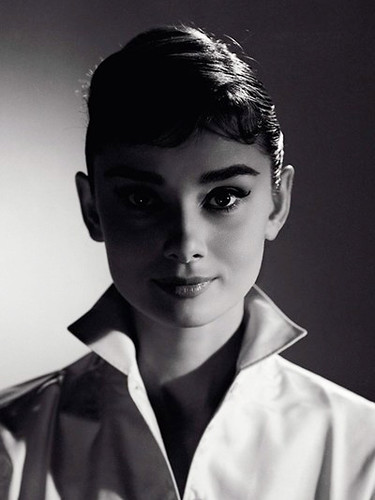“Audrey:” a documentary that humanized a legend

Audrey Hepburn is often associated with grace, class, sophistication and, maybe even, perfection. However, old Hollywood buffs rarely ever connect the actress with pain or sorrow. That was up until March 14th, when Netflix released Helen Coan’s documentary “Audrey.”
With Hepburn always being styled in Hubert de Givency clothing, winning her first Academy Award at 24 and starring as the main character in Hollywood classics, such as “Breakfast at Tiffany’s” and “Sabrina,” audience members would never know that she began her life as an impoverished child.
Now, the documentary itself flowed in a very typical manner – it told her life story from beginning to end, featured footage of Hepburn and had interviews from family members and experts on the actress’ life. However, honestly, these elements were not the ones that made “Audrey” stand out.
What did shine was not the documentary, but Hepburn’s story itself. The actress, despite her legacy in Hollywood, seemed to chase the parental love she did not receive. This was showcased by Hepburn’s two divorces, the loneliness she often described and her volunteer work with underprivileged youth. This piqued my interest since it showed that a human being’s upbringing largely contributes to the person they turn out to be.
The knowledge about Hepburn’s feelings of childhood abandonment helped humanize a legend. In a way, it also normalized – and gave a sense of hope to – the emotions I and many others experience. If a person who appears to have no issues, like Hepburn, experiences long term inner-pain and can not only survive, but thrive, it is proof that emotional scarring does not have to stop others from achieving extraordinary feats.
Due to the power behind Hepburn’s story, it was proper that the documentary’s composition was subdued. This style allows the story itself to take center-stage without any needless distractions.
One issue within the documentary was a specific plot hole. In the film, it was shared that Hepburn entered Hollywood because of her passion for dance, but the genres she practiced, studios she attended, dance roles she held, and how dance led her to acting was never mentioned. If dance was Hepburn’s passion and the art brought her to Hollywood – ultimately changing the course of her life and history – the documentary should have given the audience more details about the actress’ relationship with it.
Another flaw was the fact that the documentary mentioned Hepburn’s children, yet it did not dive into her relationship with them. Learning about her parenting styles could have helped the audience gain perspective on how Hepburn’s upbringing influenced how she raised her children. Since the film spoke about the lack of love the actress’ parents showed her, I feel as though it would have been interesting to see whether she broke or continued that cycle.
The documentary dove deeply into the abandonment Hepburn felt throughout her life, but at the same juncture, I believe that Coan played it safe. The story was portrayed as short and concise while little details that could have given more perspective on Hepburn’s life were ignored. However, overall, I thoroughly enjoyed the film because it brought the legend to life in a way that I hadn’t seen before.

